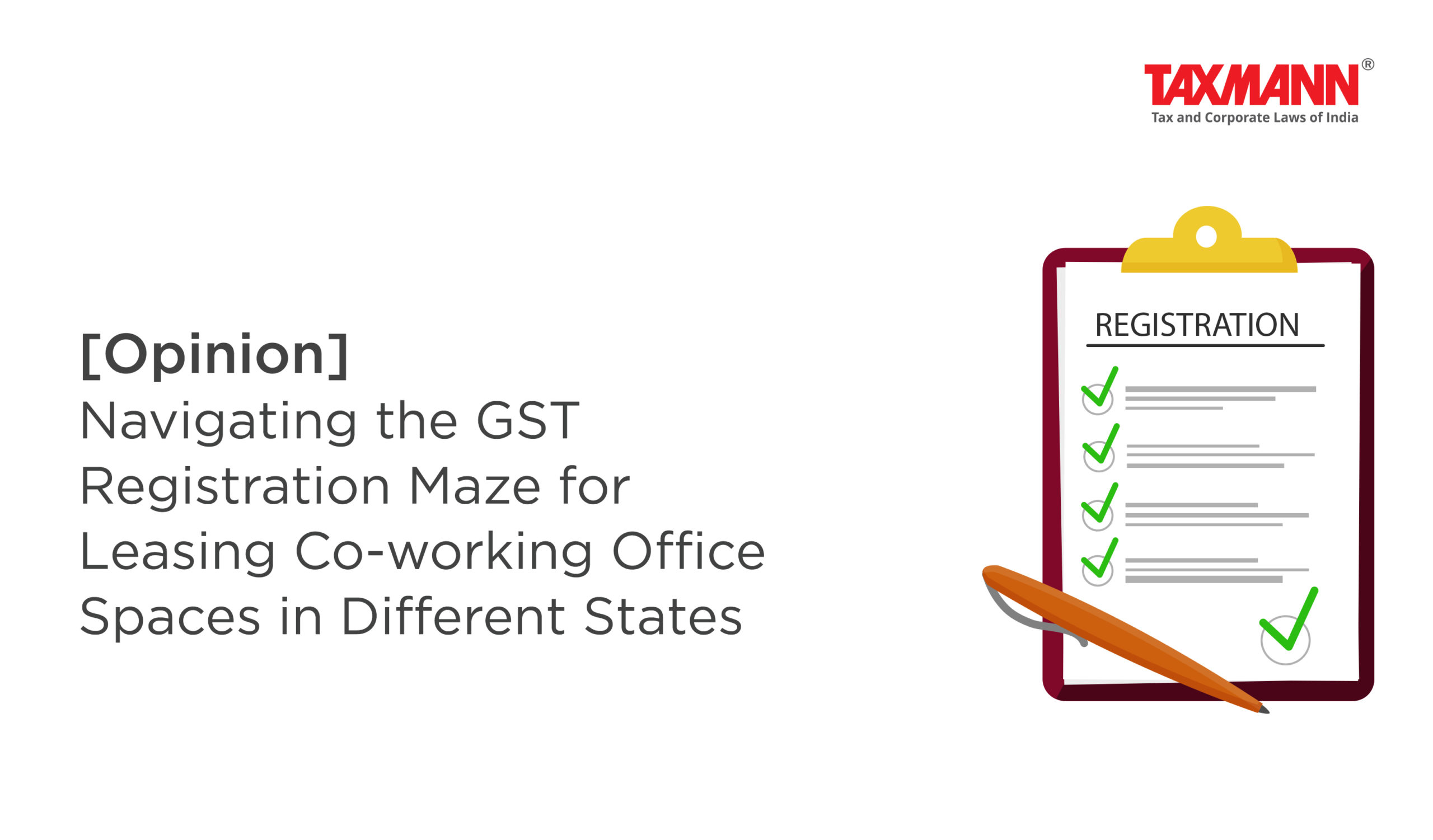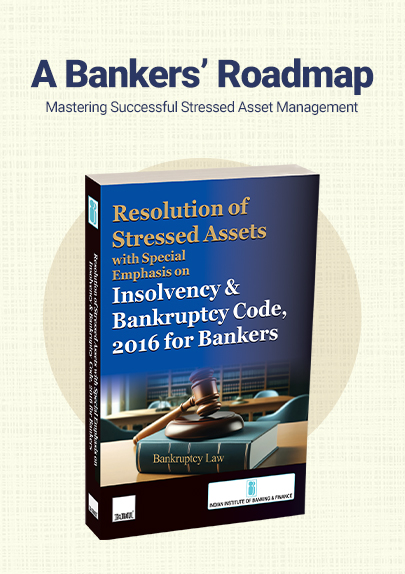[Opinion] Navigating the GST Registration Maze for Leasing Co-working Office Spaces in Different States
- Blog|News|GST & Customs|
- 2 Min Read
- By Taxmann
- |
- Last Updated on 30 May, 2023
Praveen Kashyap & Sarthak Mittal – [2023] 150 taxmann.com 494 (Article)
Introduction
The emergence of the COVID-19 pandemic ushered a new era of work, where working from home (WFH) became a prevailing norm. As the world gradually returned to a state of normalcy, there emerged an increased desire for traditional office spaces, as employees sought a more conventional work environment.
Typically, service sector organizations concentrate their business operations and get them registered under GST in the State of operations. However, when it comes to leasing co-working office spaces in different States (most common among to provide infrastructure to employees under WFH), separate GST registration is generally not pursued as these offices function as support units for the primary office and no invoicing is done from such offices.
In this article, the authors delve into the requirements for obtaining GST registration for co-working spaces leased by companies in various States, despite no invoicing taking place at these locations.
Requirement of GST registration – Multiple perspectives
Under GST, the taxable event is the supply of goods or services. Any person engaging in a transaction that meets the criteria of supply must obtain registration for every location from where such supply is made, subject to threshold limits. To determine the registration requirement for leased co-working office spaces in a different State than the primary office, an analysis is necessary to evaluate transaction of supply of goods/services at these premises.
For a transaction to be subject to GST, it must align with the scope of supply as provided in section 7 of CGST Act 2017. This inclusive scope covers transactions such as –
- Sale, transfer, barter, exchange, licence, rental, lease or disposal made or agreed to be made for a consideration by a person in the course or furtherance of business;
- Import of services for a consideration whether or not in the course or furtherance of business; and
- Activities specified in schedule I, made or agreed to be made without consideration.
Click Here To Read The Full Article
Disclaimer: The content/information published on the website is only for general information of the user and shall not be construed as legal advice. While the Taxmann has exercised reasonable efforts to ensure the veracity of information/content published, Taxmann shall be under no liability in any manner whatsoever for incorrect information, if any.

Taxmann Publications has a dedicated in-house Research & Editorial Team. This team consists of a team of Chartered Accountants, Company Secretaries, and Lawyers. This team works under the guidance and supervision of editor-in-chief Mr Rakesh Bhargava.
The Research and Editorial Team is responsible for developing reliable and accurate content for the readers. The team follows the six-sigma approach to achieve the benchmark of zero error in its publications and research platforms. The team ensures that the following publication guidelines are thoroughly followed while developing the content:
- The statutory material is obtained only from the authorized and reliable sources
- All the latest developments in the judicial and legislative fields are covered
- Prepare the analytical write-ups on current, controversial, and important issues to help the readers to understand the concept and its implications
- Every content published by Taxmann is complete, accurate and lucid
- All evidence-based statements are supported with proper reference to Section, Circular No., Notification No. or citations
- The golden rules of grammar, style and consistency are thoroughly followed
- Font and size that’s easy to read and remain consistent across all imprint and digital publications are applied






 CA | CS | CMA
CA | CS | CMA


